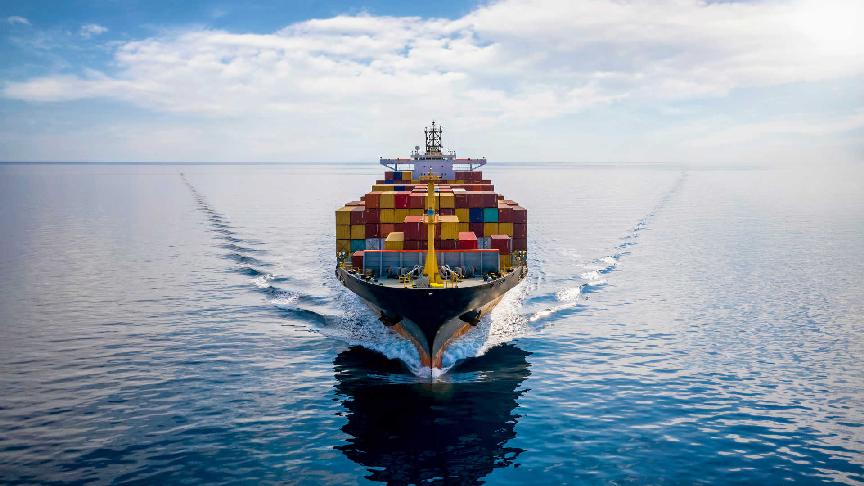Ports of the North Sea were holding nearly 2% of the world’s containership traffic back in October 2022. Recent data issued by the Kiel Institute for the World Economy (IfW) revealed that this percentage dropped to only 0.46% by the end of March 2023. This is an indication that the traffic jam in the North Sea is virtually over.
Container shipping congestion has eased on a global level. According to IfW, the percentage of goods stuck in congestion at ports dropped to 7.4% in March after having reached nearly 14% during the pandemic.
In addition to the congestion update, the latest Kiel Trade Indicator information published by the institute highlighted the drop in US trade. It noted that both exports and imports were clearly negative in March. Imports dropped by 4.7% compared to February 2023, while exports dropped by 4.0%. Similarly, imports and exports in the European Union experienced a slight fall. EU March exports were down 1.5% month-on-month, and imports were down 1.8%.
"Now that the US. population has spent the wealth saved during the pandemic, people seem to be saving more due to inflation and therefore spend less on consumer goods from overseas. The largest US container ports in their respective coastal regions (Los Angeles/Long Beach, Houston, and New York/New Jersey) have experienced monthly declines of about 10 per cent," says Vincent Stamer, head of Kiel Trade Indicator.
Meanwhile, China and Russia experienced trade growth last month. According to IfW’s statement, China’s exports grew by 1.6% in March and imports by 5.5% month-on-month. Russia had an even bigger growth, according to the published data. Imports from Russia jumped 7.4% and exports grew by 2.6%.
The degression in US trade, and North America in general, played a role in the weakening of global trade. "After a strong start to the year, global trade is losing momentum and, according to the latest update of the Kiel Trade Indicator, is likely to have contracted significantly by 3.8 per cent," says IfW researchers.







